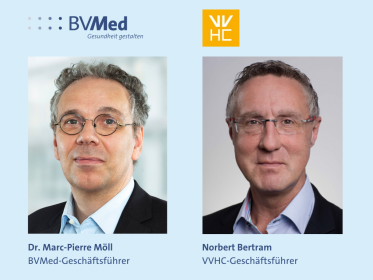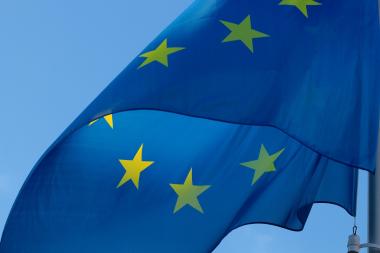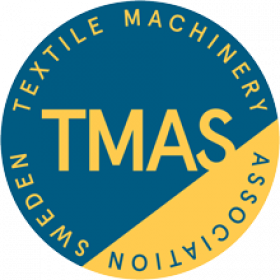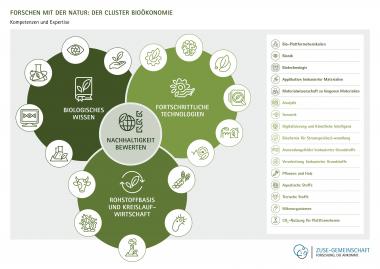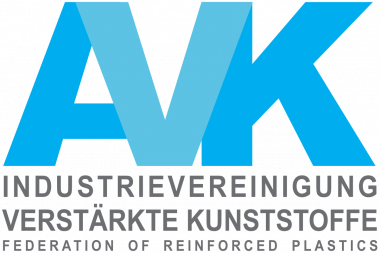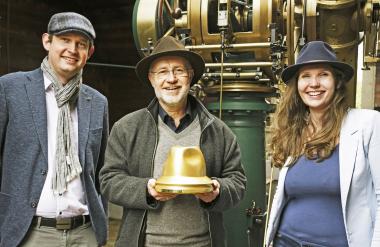BTE begrüßt BGH-Urteil zur Mietminderung
Der BTE begrüßt das heutige Urteil des Bundesgerichtshofs (BGH) vom 12.01.2022, dass im Fall einer Geschäftsschließung, die aufgrund einer hoheitlichen Maßnahme zur Bekämpfung der COVID-19-Pandemie erfolgt, grundsätzlich ein Anspruch des Mieters von gewerblich genutzten Räumen auf Anpassung der Miete wegen Störung der Geschäftsgrundlage gemäß § 313 Abs. 1 BGB in Betracht kommt.
BTE-Hauptgeschäftsführer Rolf Pangels: „Es ist nur fair, dass die Kosten und Nachteile einer erzwungenen Schließung auf Mieter und Vermieter verteilt werden. Von dem Urteil können tausende Textil-, Schuh- und Lederwarengeschäfte profitieren, die vor allem in den Innenstädten oft hohe Mieten zahlen und sich längst nicht immer mit ihren Vermietern über eine Mietminderung während des Lockdowns einigen konnten.“
BTE Handelsverband Textil Schuhe Lederwaren














